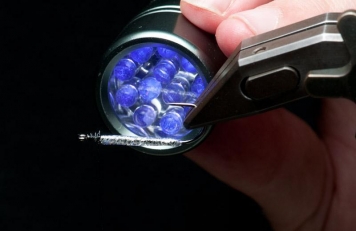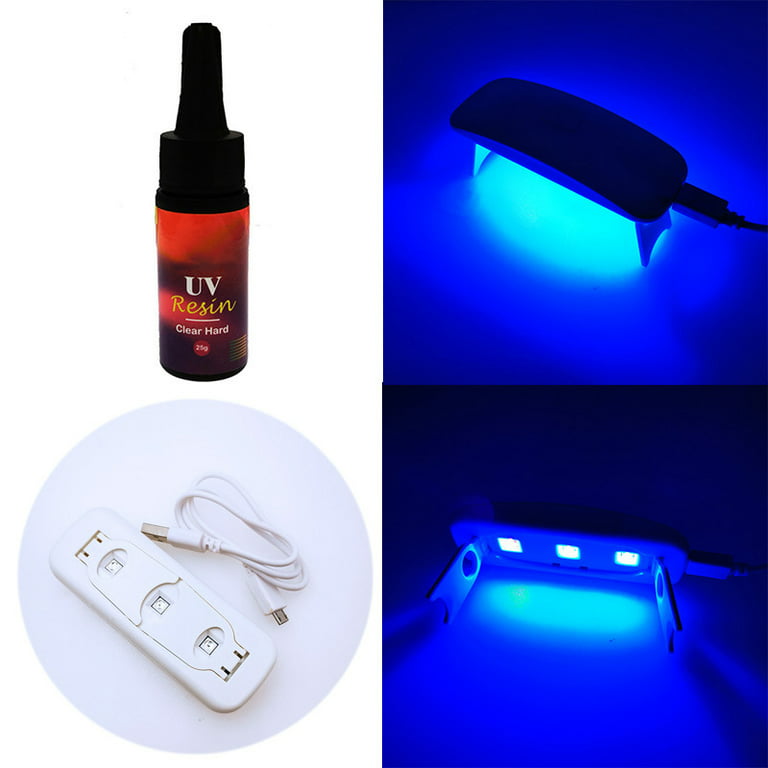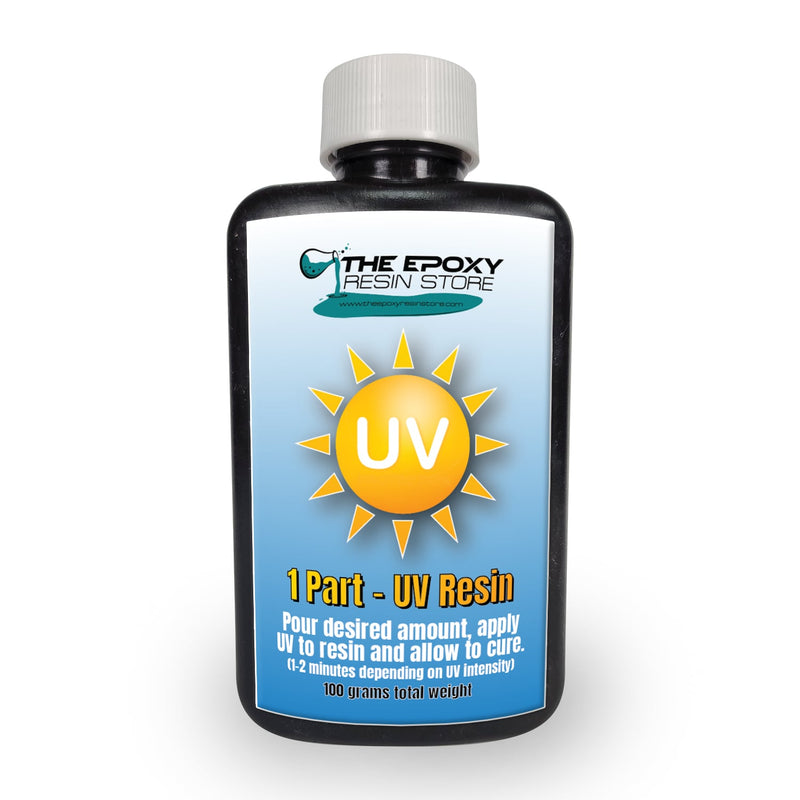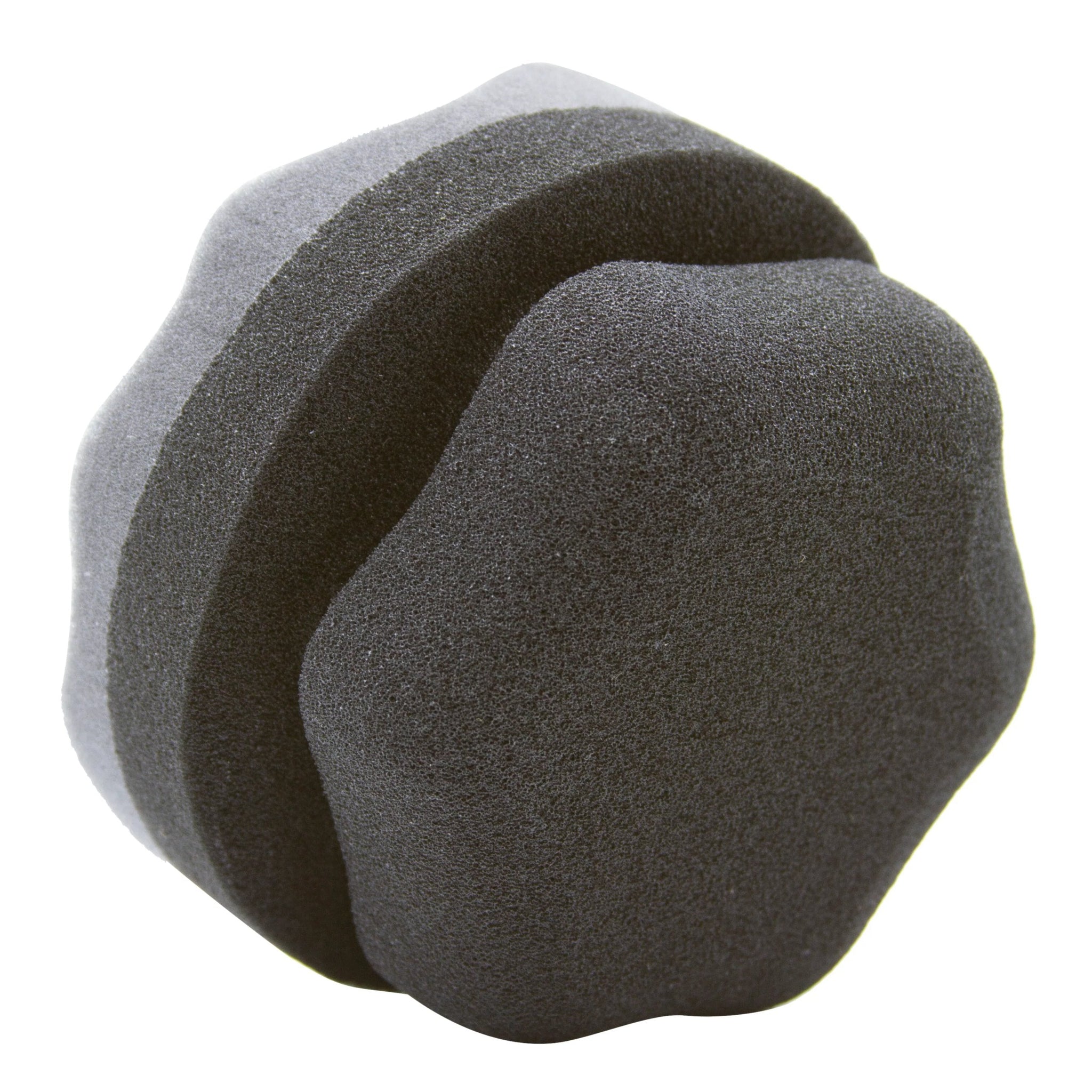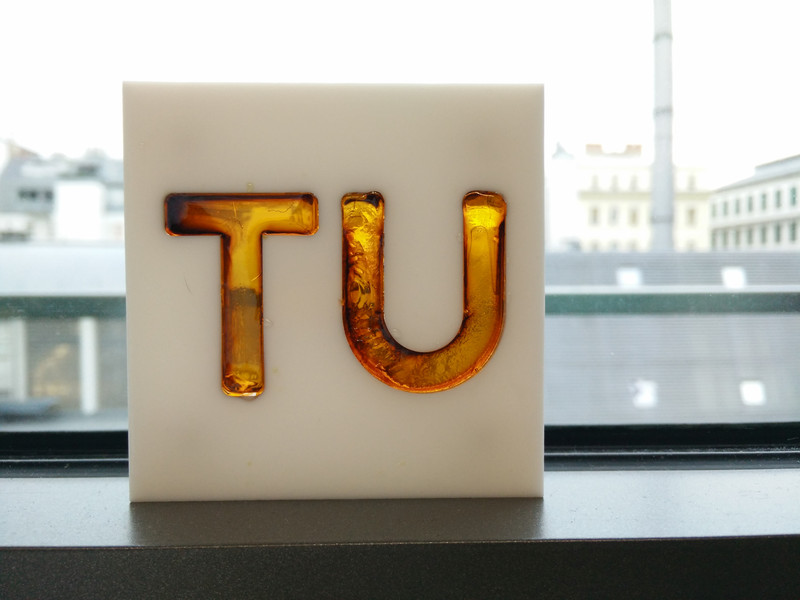
Novel method for curing of epoxy resins uses local UV flashes to initiate a chemical cascade
It may appear to be a nondescript, transparent, viscous liquid, but all you have to do is irradiate any part of it briefly with UV light and it changes completely. The new special resin formulation developed at TU Wien solidifies in seconds. This effect continues to spread outwards until the resin is completely solid, which takes a matter of seconds or minutes, regardless of its previous shape. This is referred to as frontal polymerisation. This reaction can be started at any point on the material and spreads automatically from there. The possible applications range from repair kits for car bodywork and moulded parts for aerospace, to wind turbines and high-tech electronics.

Release of Chemical Compounds and Particulate Matter

UV and Thermal Cure Epoxy Adhesives

Toughness modification of cationic UV-cured cycloaliphatic epoxy resin by hydroxyl polymers with different structures - ScienceDirect

Sequential photo-thermal curing of (meth)acrylate-epoxy thiol formulations - ScienceDirect

Role of External Field in Polymerization: Mechanism and Kinetics

Technological Innovations in Photochemistry for Organic Synthesis: Flow Chemistry, High-Throughput Experimentation, Scale-up, and Photoelectrochemistry

Phase Transitions of Associative Biomacromolecules
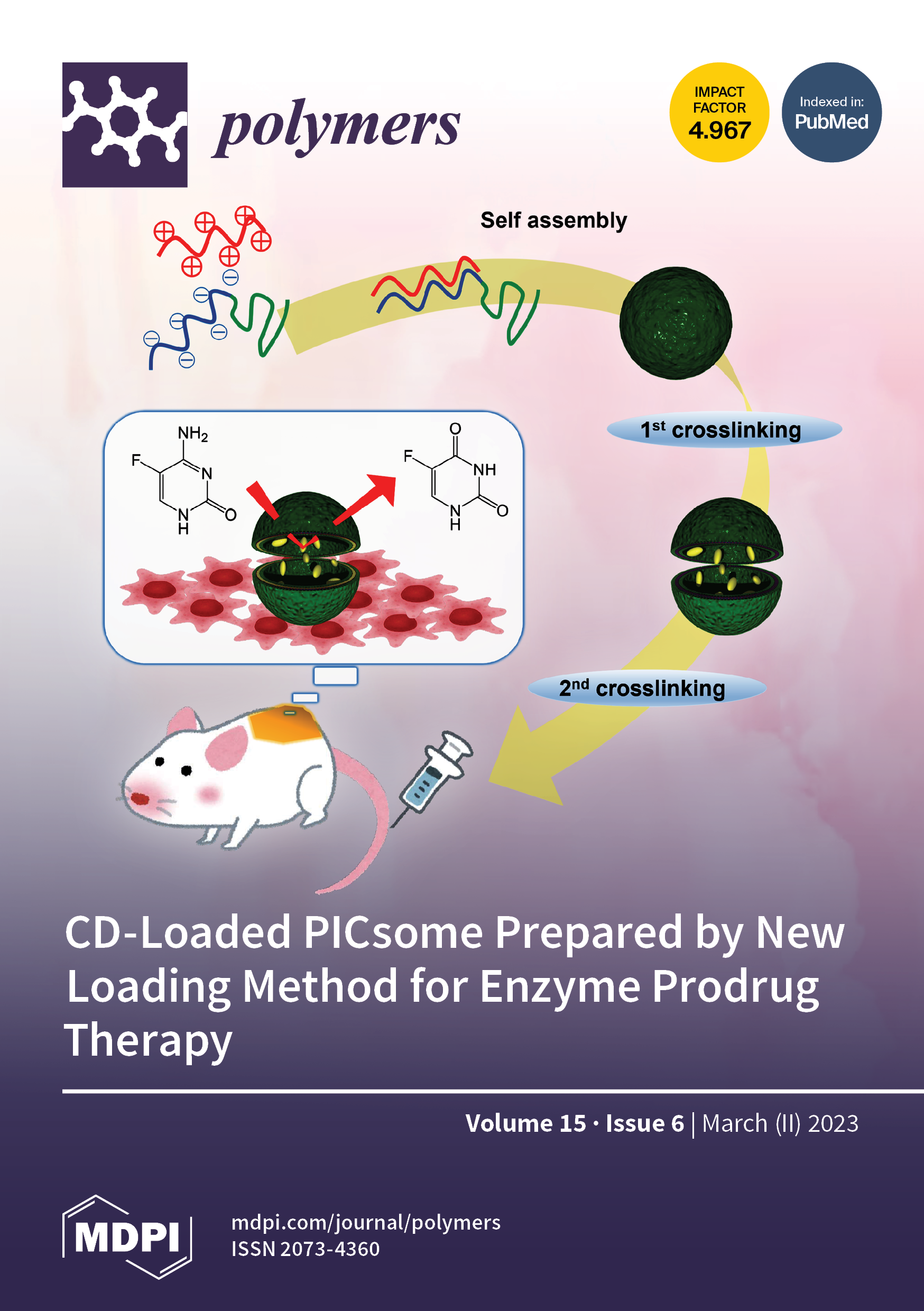
Polymers March-2 2023 - Browse Articles

Molecules, Free Full-Text

Full article: Analyzing Deformation of a Cationic Photopolymerized Epoxy Adhesive during the Curing Process in UV Irradiation and Dark Reaction based on Finite Element Method and Measurement

Phenolic Resins Chemistry, Applications PDF, PDF, Building Materials
